Home>Gardening & Outdoor>Landscaping Ideas>How To Grow Grass On A Roof
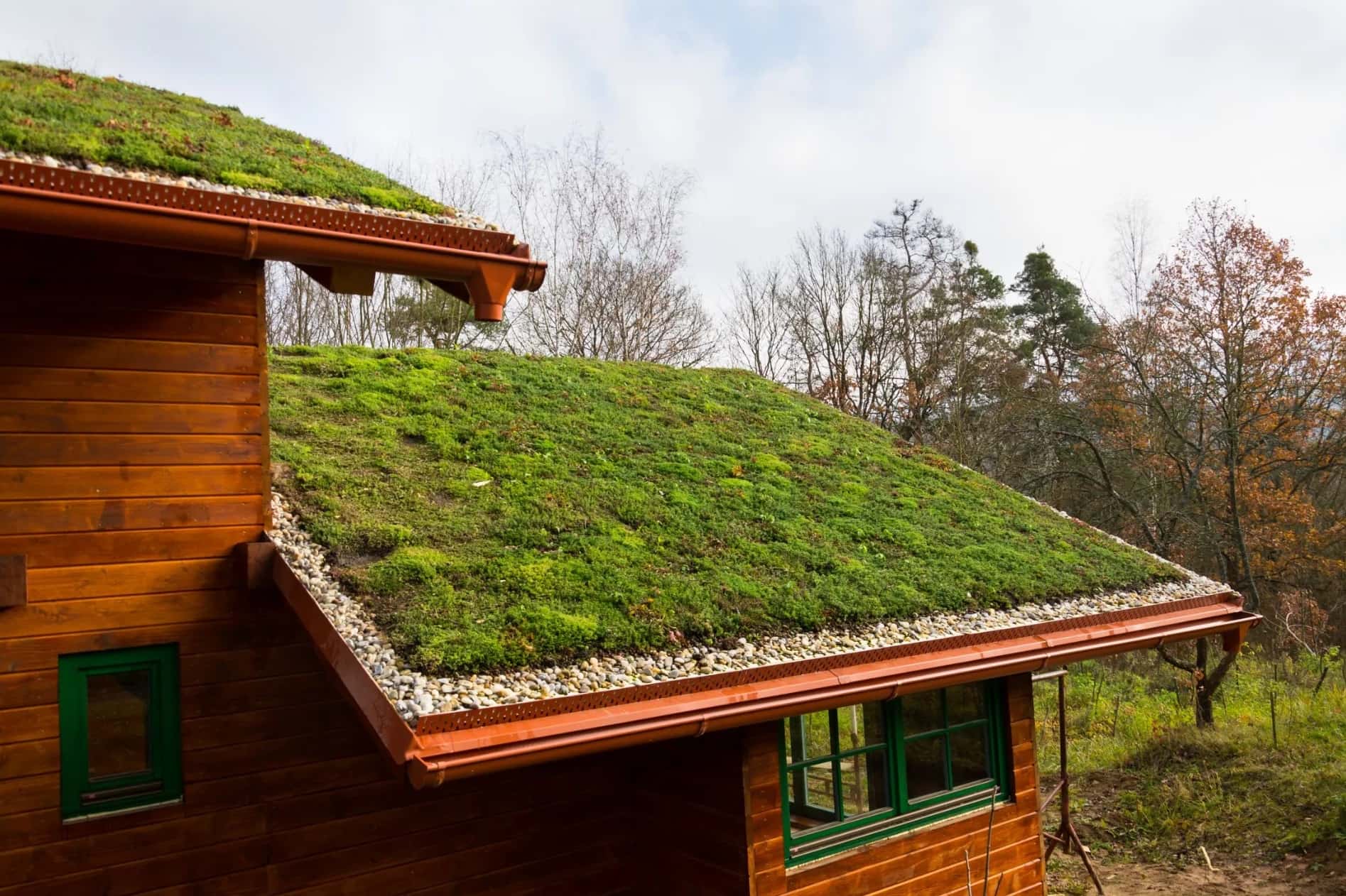

Landscaping Ideas
How To Grow Grass On A Roof
Modified: February 18, 2024
Learn effective landscaping ideas for growing grass on a roof. Discover expert tips and techniques for creating a green rooftop oasis.
(Many of the links in this article redirect to a specific reviewed product. Your purchase of these products through affiliate links helps to generate commission for Storables.com, at no extra cost. Learn more)
Introduction
Introduction
Are you looking to add a touch of green to your urban living space? Or perhaps you're interested in reducing your carbon footprint while enhancing the energy efficiency of your home? Growing grass on your roof could be the perfect solution. Green roofs, also known as living roofs or vegetated roofs, are not only visually stunning but also offer a myriad of environmental and economic benefits.
In this comprehensive guide, we'll explore the fascinating world of green roofs and delve into the art of growing grass atop your abode. From the advantages of embracing this eco-friendly practice to the nitty-gritty of selecting the right grass and caring for your green roof, you'll discover everything you need to know to embark on this exciting landscaping journey.
So, fasten your seatbelts and get ready to explore the wonderful world of green roofs!
Benefits of Growing Grass on a Roof
Key Takeaways:
- Embrace the eco-friendly practice of growing grass on your roof to create a visually stunning and environmentally conscious urban oasis with benefits like energy efficiency, stormwater management, and biodiversity promotion.
- Carefully select the right grass species, prepare your roof, and nurture the green cover to contribute to a sustainable and resilient urban landscape, showcasing the harmonious coexistence of nature and infrastructure.
Benefits of Growing Grass on a Roof
Embracing the concept of a green roof by growing grass atop your building can yield a plethora of advantages that extend beyond mere aesthetics. Let’s delve into the numerous benefits of this eco-friendly practice:
- Environmental Benefits: Green roofs act as natural insulators, reducing the energy consumption required for heating and cooling buildings. They also absorb carbon dioxide and release oxygen, contributing to a cleaner and healthier environment.
- Stormwater Management: The vegetation on green roofs helps to mitigate the impact of heavy rainfall by absorbing and filtering rainwater, thus reducing the strain on urban drainage systems.
- Biodiversity Promotion: Green roofs provide a habitat for various plant species, insects, and birds, fostering urban biodiversity and contributing to the conservation of local ecosystems.
- Urban Heat Island Mitigation: By absorbing less heat than traditional roofs and releasing it slowly, green roofs can help combat the urban heat island effect, thereby reducing ambient temperatures in densely populated areas.
- Extended Roof Lifespan: The layer of vegetation and soil on green roofs acts as a protective barrier, shielding the roof membrane from the elements and UV radiation, thus prolonging its lifespan.
These compelling benefits underscore the value of incorporating green roofs into urban landscapes, making them a sustainable and environmentally conscious choice for modern construction projects.
Choosing the Right Grass for Your Roof
Read more: How To Grow Wheatgrass
Choosing the Right Grass for Your Roof
When it comes to selecting the ideal grass for your green roof, several factors should be taken into consideration to ensure optimal growth and longevity. The following guidelines will assist you in making an informed decision:
- Climate Compatibility: Choose grass species that are well-suited to the climate of your region. Consider factors such as temperature fluctuations, annual precipitation, and sunlight exposure when making your selection.
- Drought Tolerance: Opt for grass varieties that exhibit resilience in the face of water scarcity, as they will be better equipped to withstand dry periods and thrive in the limited soil depth typically found on green roofs.
- Low Maintenance Requirements: Select grass species that demand minimal maintenance, as this will contribute to the sustainability and longevity of your green roof. Look for varieties that are resistant to pests and diseases and require infrequent mowing.
- Soil Compatibility: Assess the composition of the soil on your roof and choose grass species that can adapt to its characteristics. Consider factors such as pH levels, drainage capacity, and nutrient content to ensure compatibility.
- Biodiversity Support: Consider incorporating a mix of grass species to promote biodiversity and enhance the visual appeal of your green roof. A diverse blend of grasses can also contribute to the overall resilience of the vegetation.
By carefully evaluating these factors and consulting with local landscaping experts, you can identify the most suitable grass species for your green roof, laying the foundation for a thriving and sustainable rooftop ecosystem.
Preparing Your Roof for Grass
Preparing Your Roof for Grass
Before embarking on the exhilarating journey of cultivating a green roof, it is essential to ensure that your rooftop is adequately prepared to support the growth of lush vegetation. The following steps will guide you through the preparatory phase, setting the stage for a flourishing green oasis atop your abode:
- Structural Assessment: Engage a qualified structural engineer to assess the load-bearing capacity of your roof and determine its suitability for supporting the additional weight of a green roof system. Reinforcements may be necessary to fortify the structure and accommodate the planned vegetation.
- Waterproofing and Drainage: Install a high-quality waterproofing membrane to shield the roof from moisture and prevent water seepage into the building. Incorporate a robust drainage system to facilitate the efficient removal of excess water and prevent waterlogging, which can compromise the health of the vegetation.
- Root Barrier Installation: Implement a root barrier to prevent the infiltration of plant roots into the roofing material, thus safeguarding the structural integrity of the roof and minimizing the risk of damage.
- Soil Substrate Application: Apply a lightweight, well-draining soil substrate to the roof, ensuring that it is conducive to the growth of the selected grass species. The substrate should provide adequate support for the vegetation while promoting healthy root development and moisture retention.
- Irrigation Provision: Consider the installation of an efficient irrigation system to provide the necessary moisture for the grass, especially during dry periods. Opt for water-conserving irrigation methods to minimize water usage and promote sustainable rooftop maintenance.
By meticulously attending to these preparatory measures, you can establish a robust foundation for the successful cultivation of grass on your roof, paving the way for a vibrant and resilient green roof ecosystem.
Planting and Caring for Grass on a Roof
Read more: How To Grow Grass In Oklahoma
Planting and Caring for Grass on a Roof
As you embark on the exciting endeavor of adorning your rooftop with a verdant carpet of grass, it is essential to approach the planting and nurturing process with care and precision. The following steps will guide you through the process of establishing and maintaining a thriving grass cover on your green roof:
- Seed Selection: Choose high-quality grass seeds that are well-suited to the environmental conditions of your region and compatible with the soil substrate on your roof. Opt for varieties known for their resilience, drought tolerance, and low maintenance requirements.
- Seeding Technique: Employ a suitable seeding technique, such as hydroseeding or hand broadcasting, to disperse the grass seeds evenly across the prepared soil substrate. Ensure that the seeds are adequately embedded in the soil to promote germination and root establishment.
- Watering Regimen: Initiate a consistent watering regimen to provide the newly planted grass seeds with the moisture they require for germination and early growth. Monitor the moisture levels closely and adjust the watering frequency based on environmental conditions and the specific needs of the grass species.
- Maintenance Practices: Implement regular maintenance practices, including gentle watering, periodic fertilization, and weed management, to nurture the development of the grass cover. Exercise caution during mowing to avoid damaging the delicate vegetation, and consider using organic fertilizers to support the health of the grass and minimize environmental impact.
- Monitoring and Care: Monitor the growth of the grass cover closely, paying attention to signs of stress, nutrient deficiencies, or pest infestations. Address any issues promptly and provide the necessary care to promote the resilience and vigor of the rooftop grass.
By adhering to these guidelines and approaching the planting and care process with dedication and attentiveness, you can foster the growth of a lush and resilient grass cover on your green roof, transforming it into a thriving green haven.
Maintenance Tips for a Green Roof
Maintenance Tips for a Green Roof
Once your green roof is adorned with a luxuriant cover of grass, it is essential to institute a comprehensive maintenance regimen to ensure the continued health and vitality of the vegetation. The following maintenance tips will guide you in preserving the beauty and functionality of your green roof:
- Regular Inspection: Conduct routine inspections of the green roof to assess the overall condition of the grass cover, identify any signs of stress or damage, and address potential maintenance requirements in a timely manner.
- Weed Control: Implement effective weed control measures to prevent the encroachment of unwanted vegetation that could compete with the grass for resources and compromise its health. Consider employing organic weed management techniques to minimize environmental impact.
- Optimized Irrigation: Fine-tune the irrigation system to deliver the appropriate amount of water to the grass, taking into account seasonal variations and the specific moisture requirements of the selected grass species. Avoid overwatering, as it can lead to waterlogging and root suffocation.
- Fertilization Strategy: Develop a judicious fertilization strategy tailored to the nutritional needs of the grass on your green roof. Utilize slow-release organic fertilizers to provide sustained nourishment to the vegetation while minimizing the risk of nutrient leaching.
- Meticulous Mowing: Exercise caution and precision during the mowing of the grass cover, ensuring that the blades are sharp and the cutting height is adjusted to promote healthy growth. Avoid removing more than one-third of the grass blade length during each mowing session to prevent stress and damage.
- Pest and Disease Management: Stay vigilant for signs of pest infestations and disease outbreaks, and intervene promptly to mitigate the impact on the grass cover. Consider employing natural pest control methods and disease-resistant grass varieties to bolster the resilience of the vegetation.
By adhering to these maintenance tips and integrating them into your regular green roof care routine, you can uphold the vibrancy and functionality of your green oasis, ensuring that it continues to thrive and contribute to a sustainable urban environment.
Conclusion
Read more: How To Grow Sweet Grass
Conclusion
Embarking on the journey of growing grass on your roof is a captivating endeavor that not only enhances the visual appeal of your living space but also contributes to the creation of a sustainable and environmentally conscious urban habitat. As we conclude this exploration of green roofs and the art of cultivating a verdant rooftop landscape, it is essential to reflect on the profound impact of this eco-friendly practice.
By embracing the concept of a green roof, you are not only transforming an underutilized space into a thriving ecosystem but also reaping a multitude of benefits, ranging from energy efficiency and stormwater management to biodiversity promotion and urban heat island mitigation. The decision to grow grass on your roof signifies a commitment to environmental stewardship and a proactive stance in mitigating the ecological challenges posed by urbanization.
As you select the right grass species, prepare your roof, and diligently nurture the green cover, you are contributing to the creation of a sustainable and resilient urban landscape. Your green roof becomes a testament to the harmonious coexistence of nature and infrastructure, serving as a beacon of inspiration for sustainable living practices in the modern world.
In essence, the journey of growing grass on a roof transcends the realm of landscaping; it embodies a profound connection to the environment, a dedication to biodiversity conservation, and a vision of urban spaces that harmonize with nature. As you witness the flourishing greenery atop your abode, you are not merely cultivating grass; you are sowing the seeds of a greener, more sustainable future for generations to come.
So, as you embark on this enriching endeavor, may your green roof stand as a testament to the transformative power of nature and the boundless potential for sustainable innovation in our urban landscapes.
Frequently Asked Questions about How To Grow Grass On A Roof
Was this page helpful?
At Storables.com, we guarantee accurate and reliable information. Our content, validated by Expert Board Contributors, is crafted following stringent Editorial Policies. We're committed to providing you with well-researched, expert-backed insights for all your informational needs.
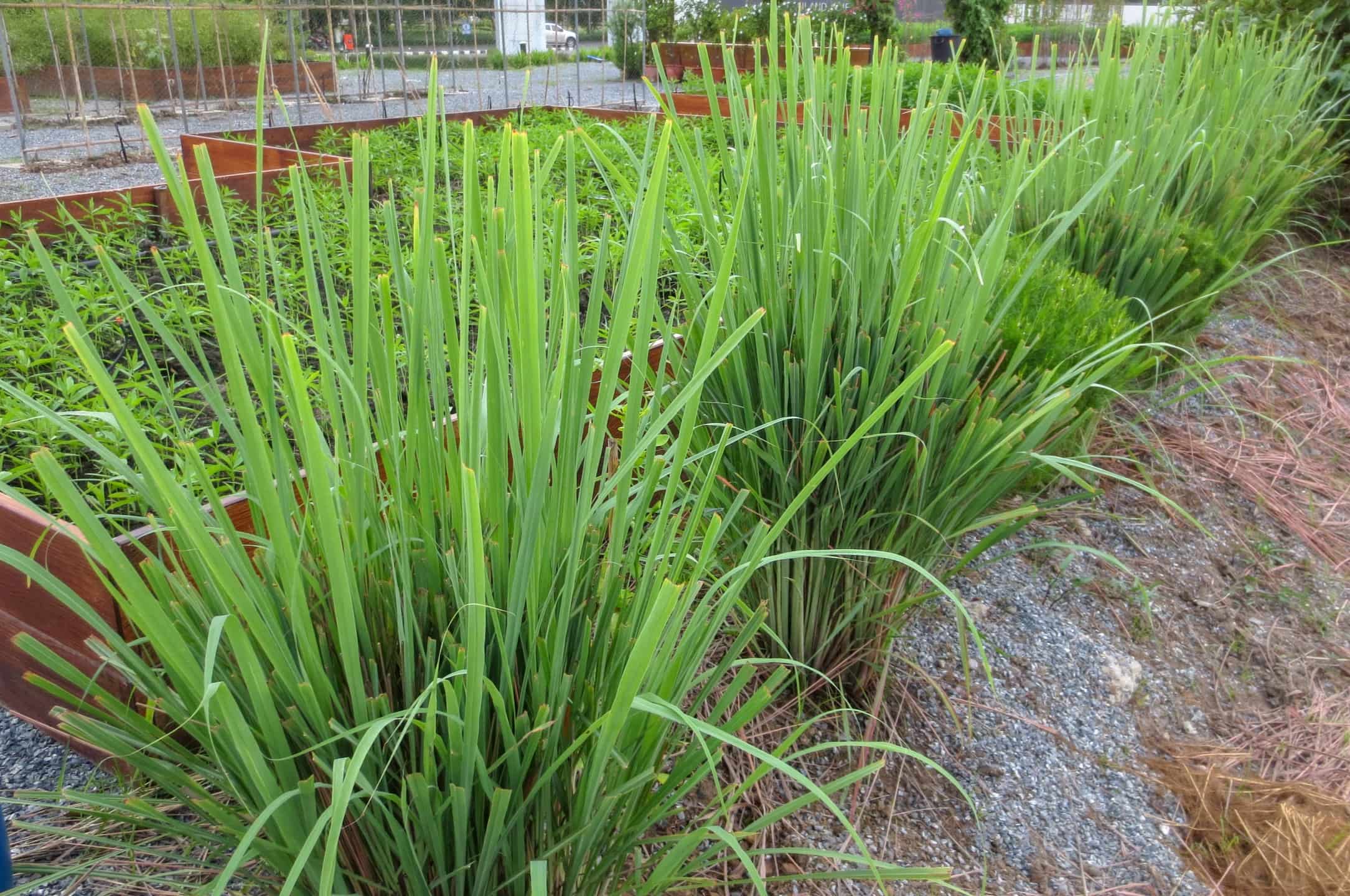
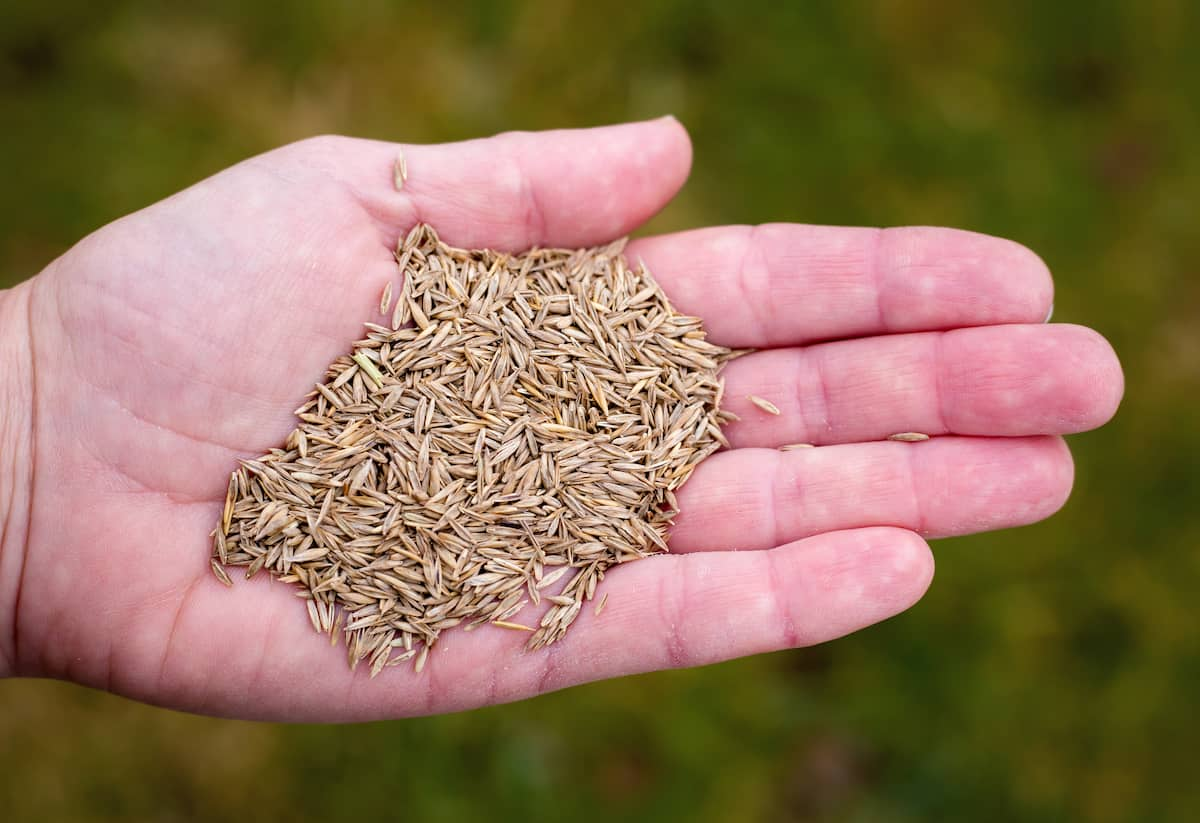
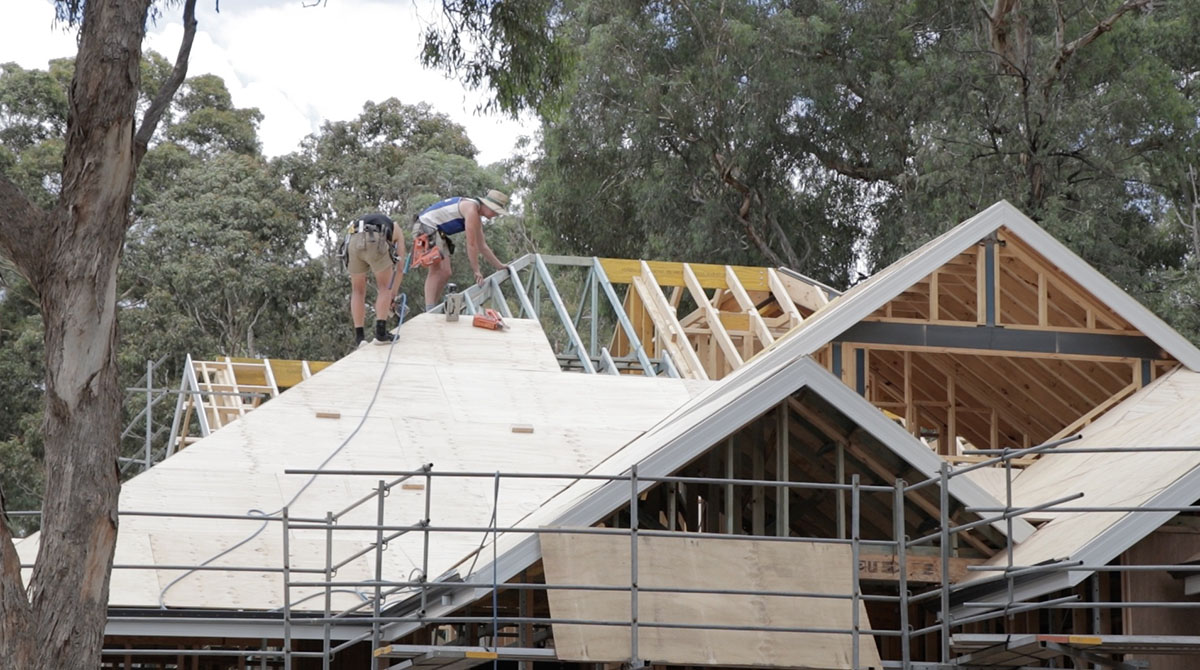
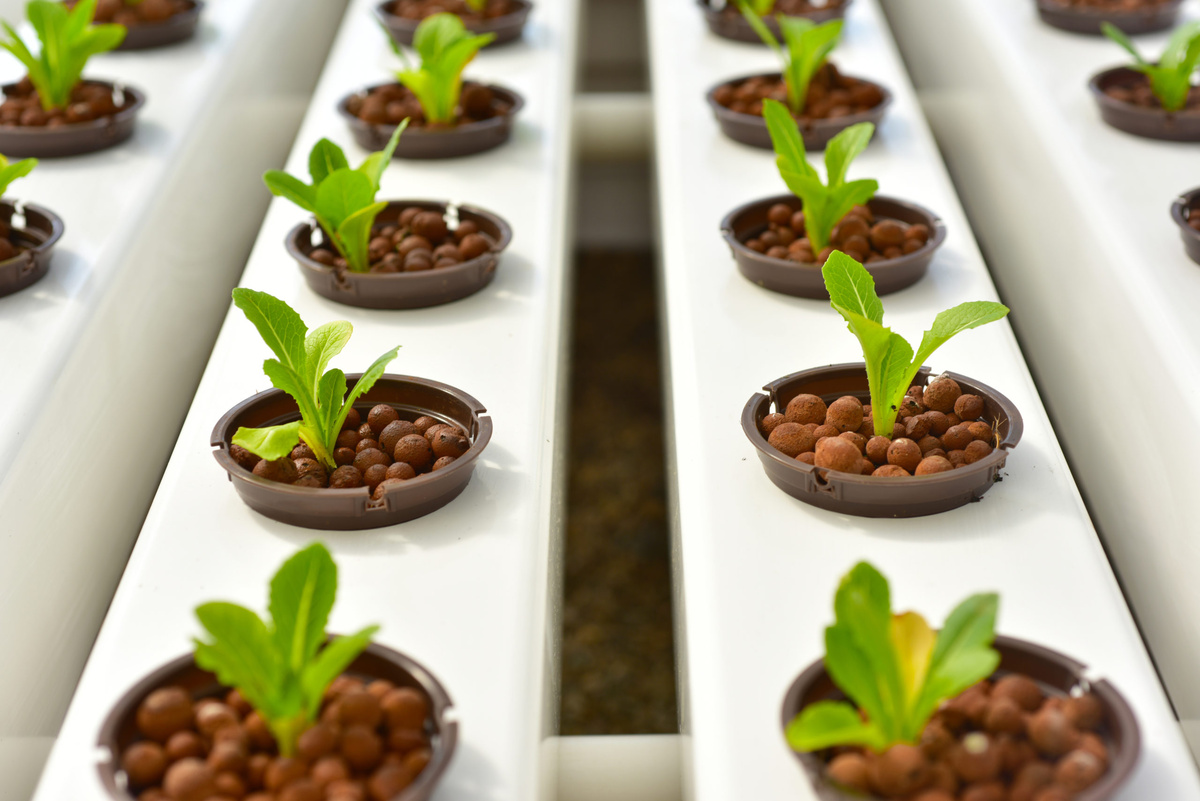
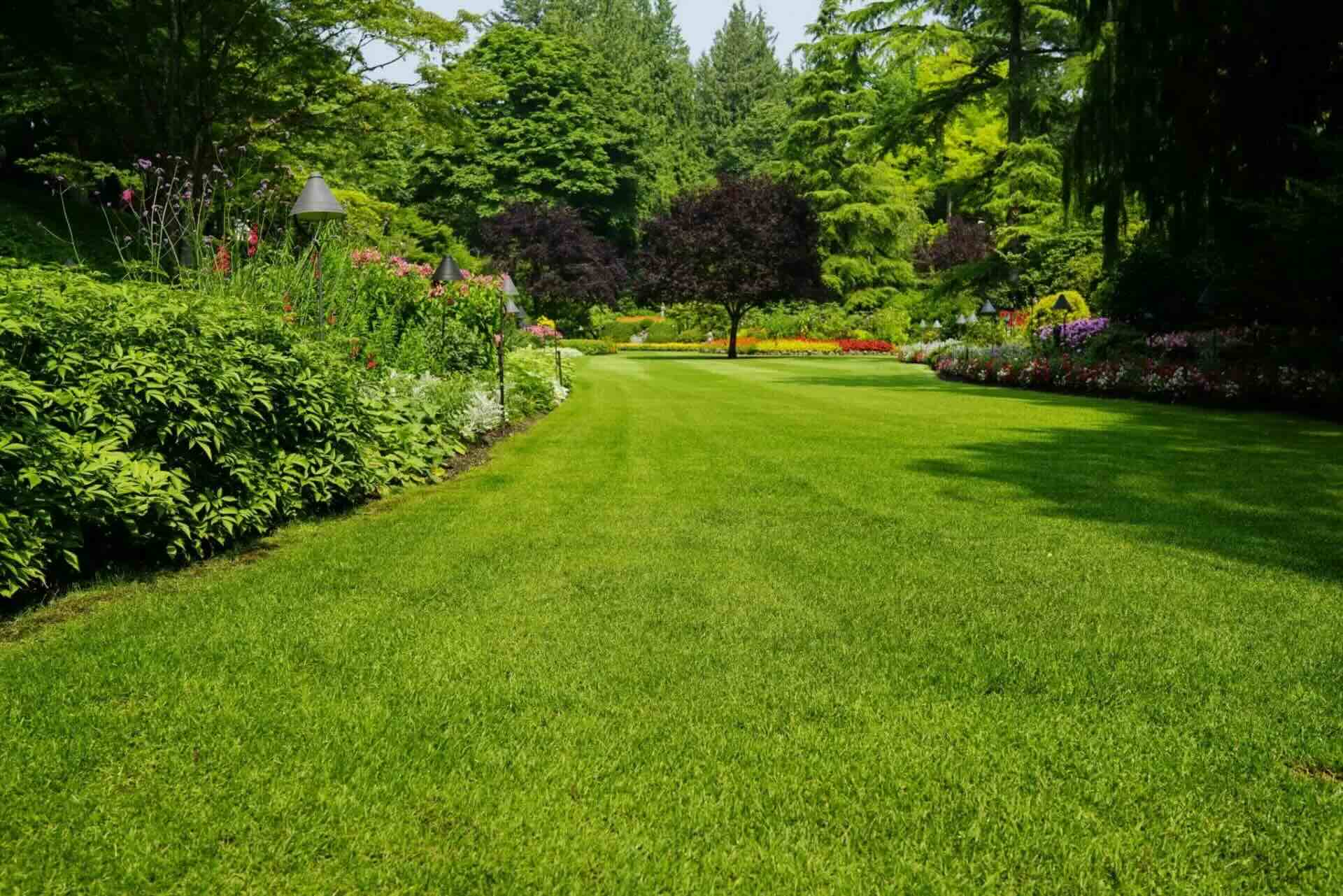
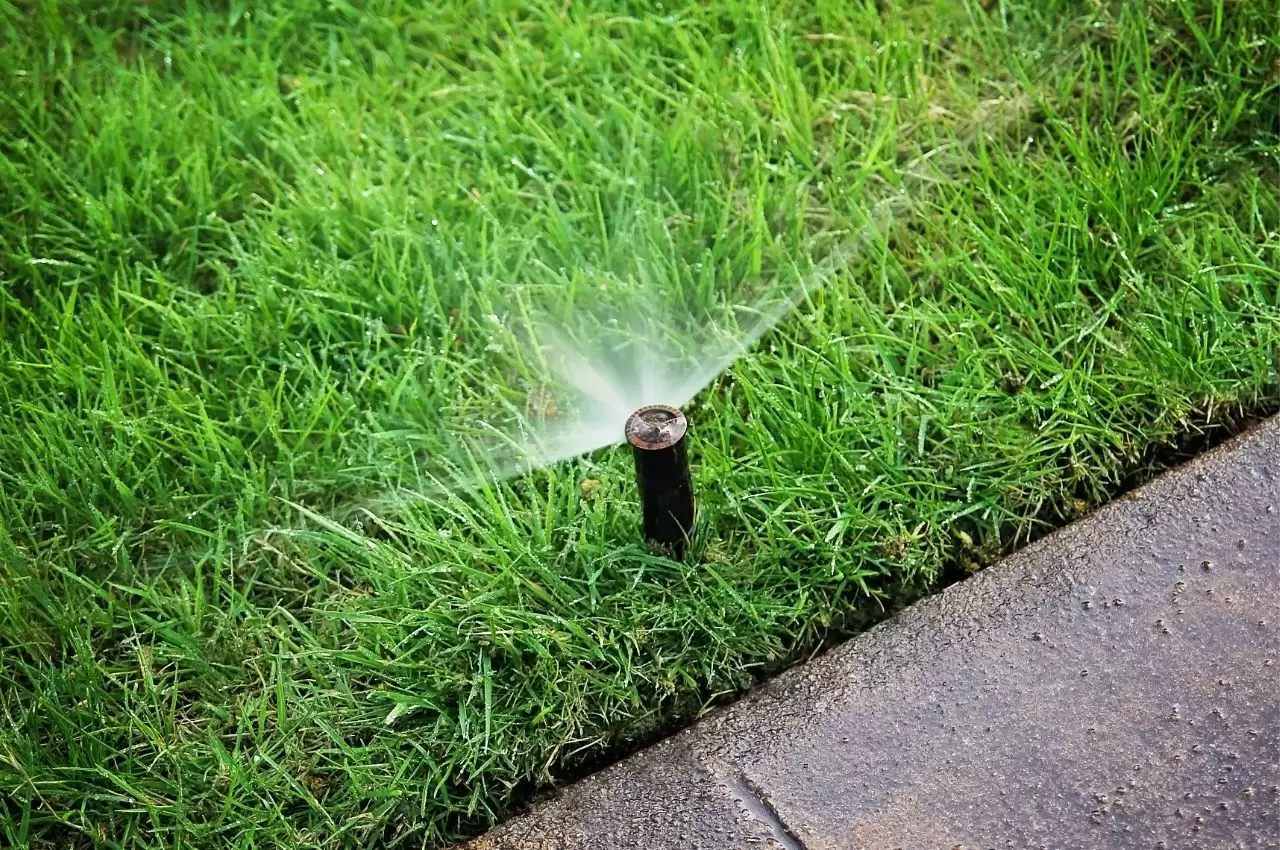

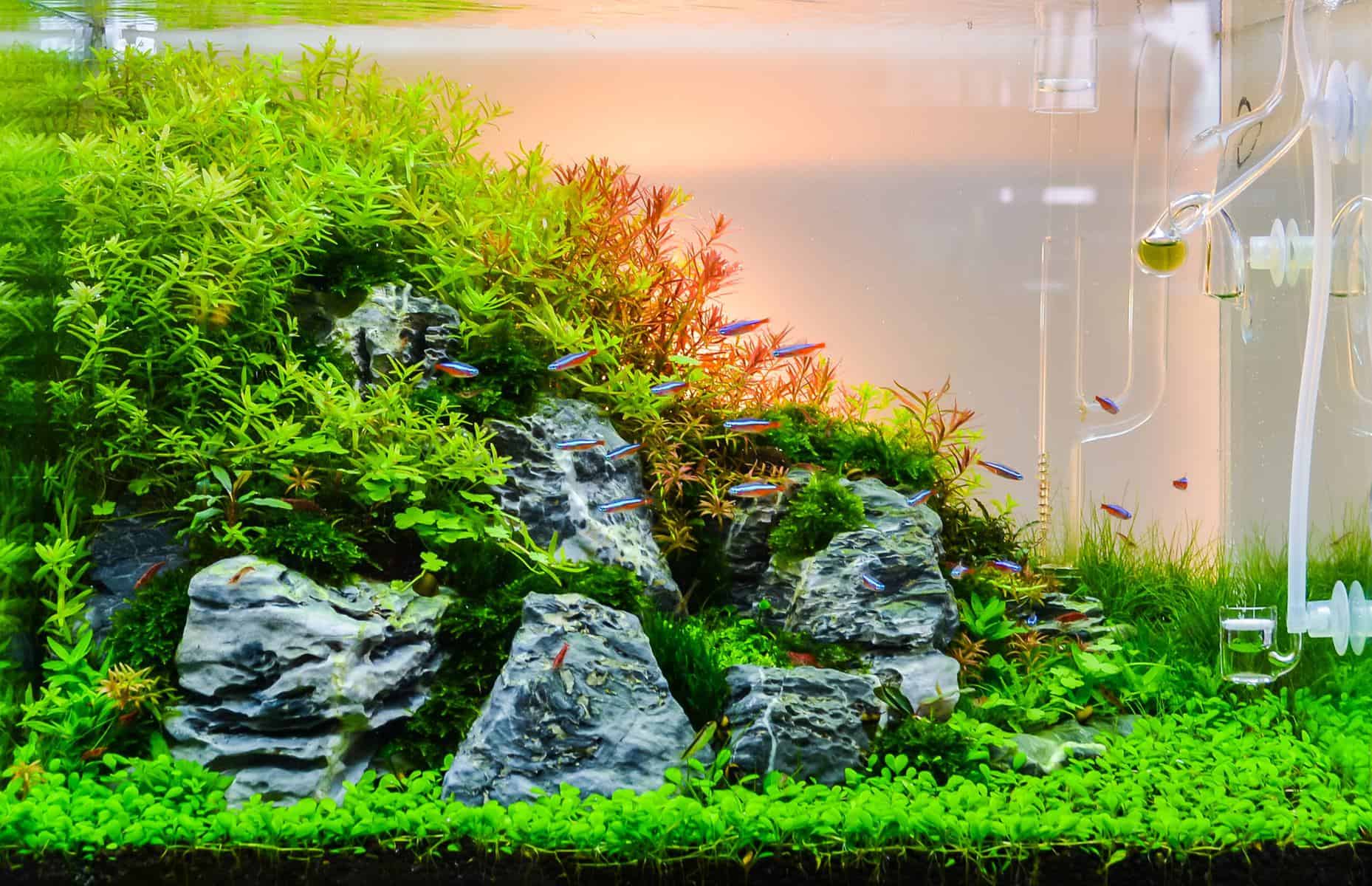
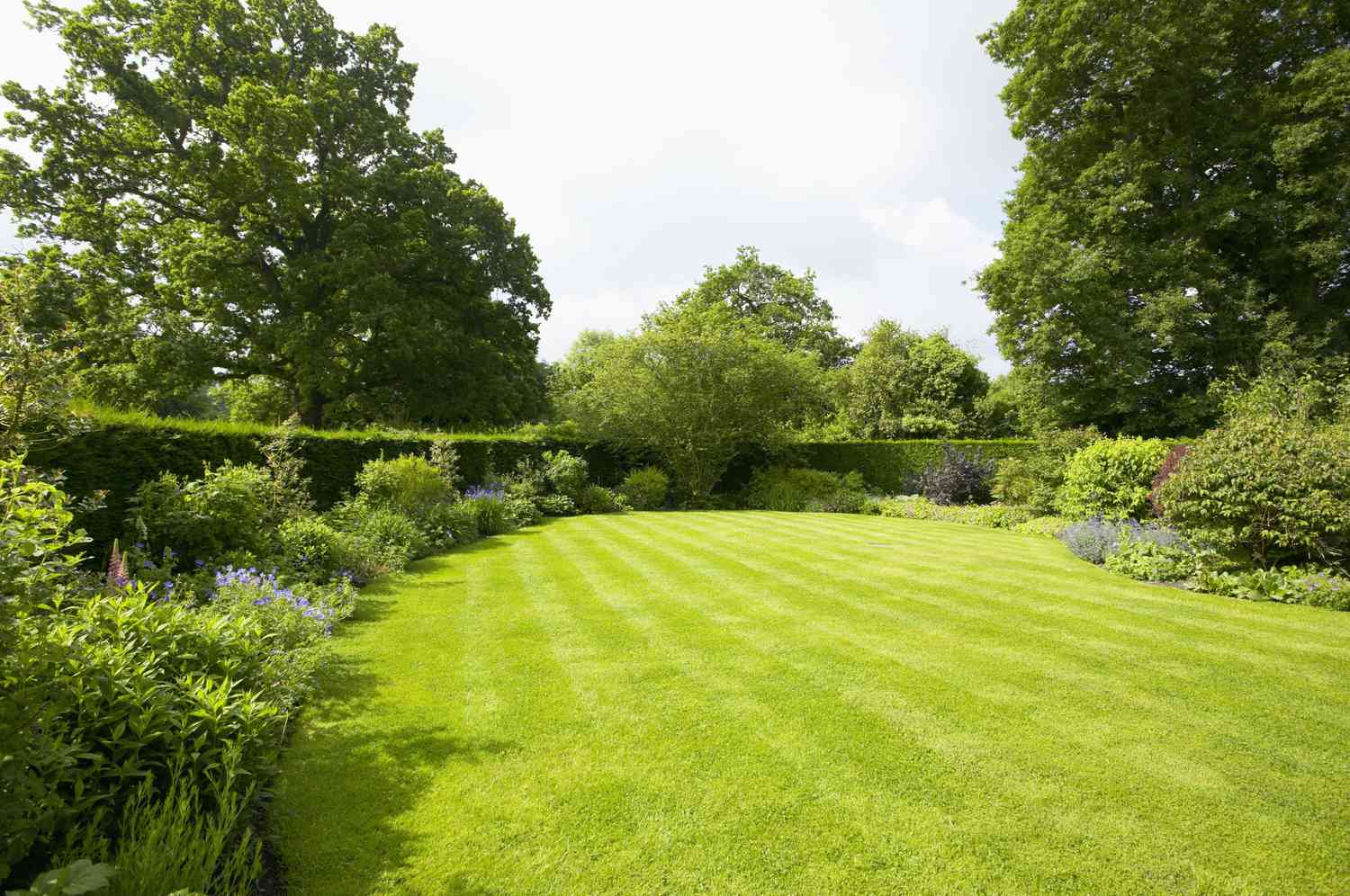
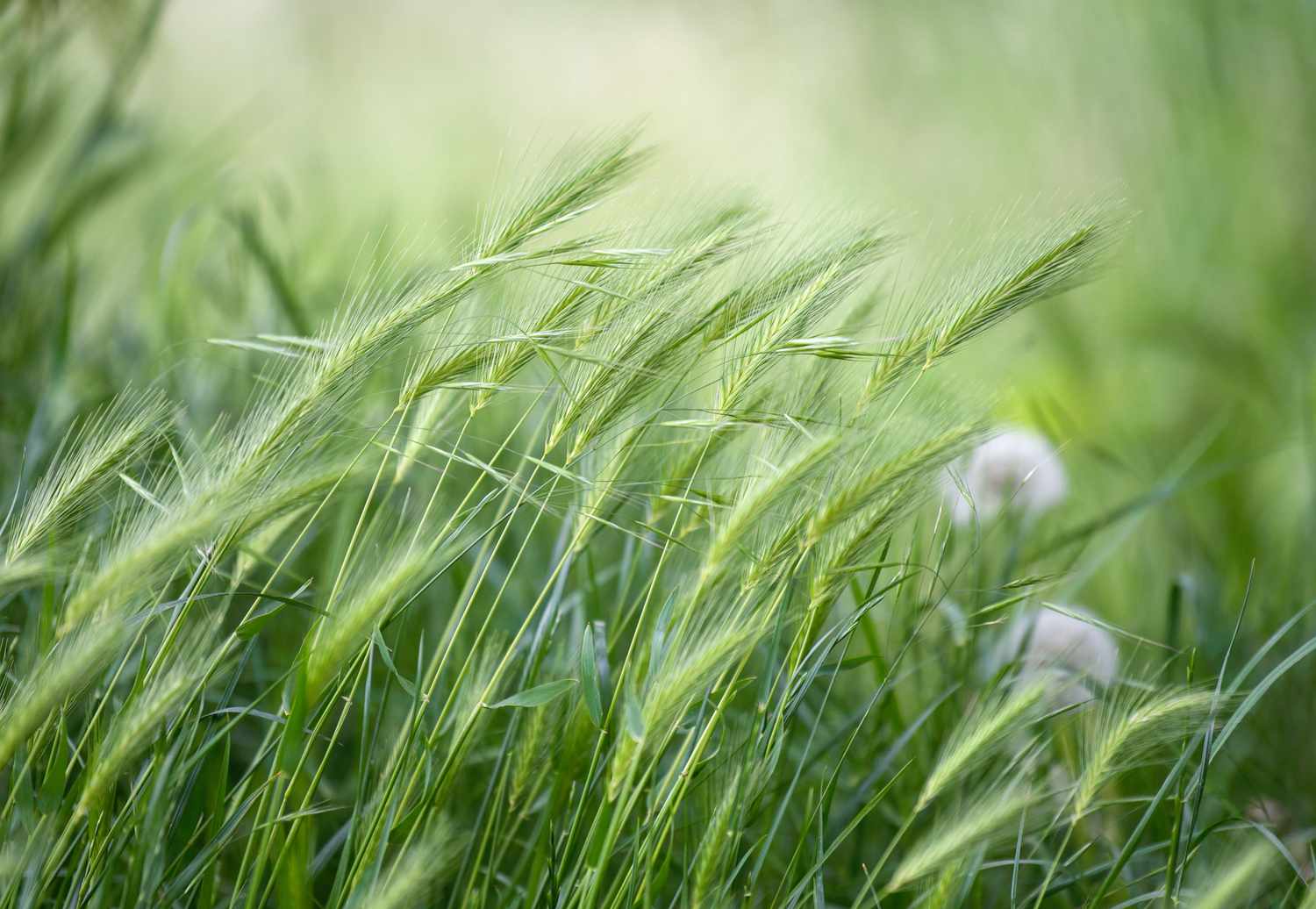
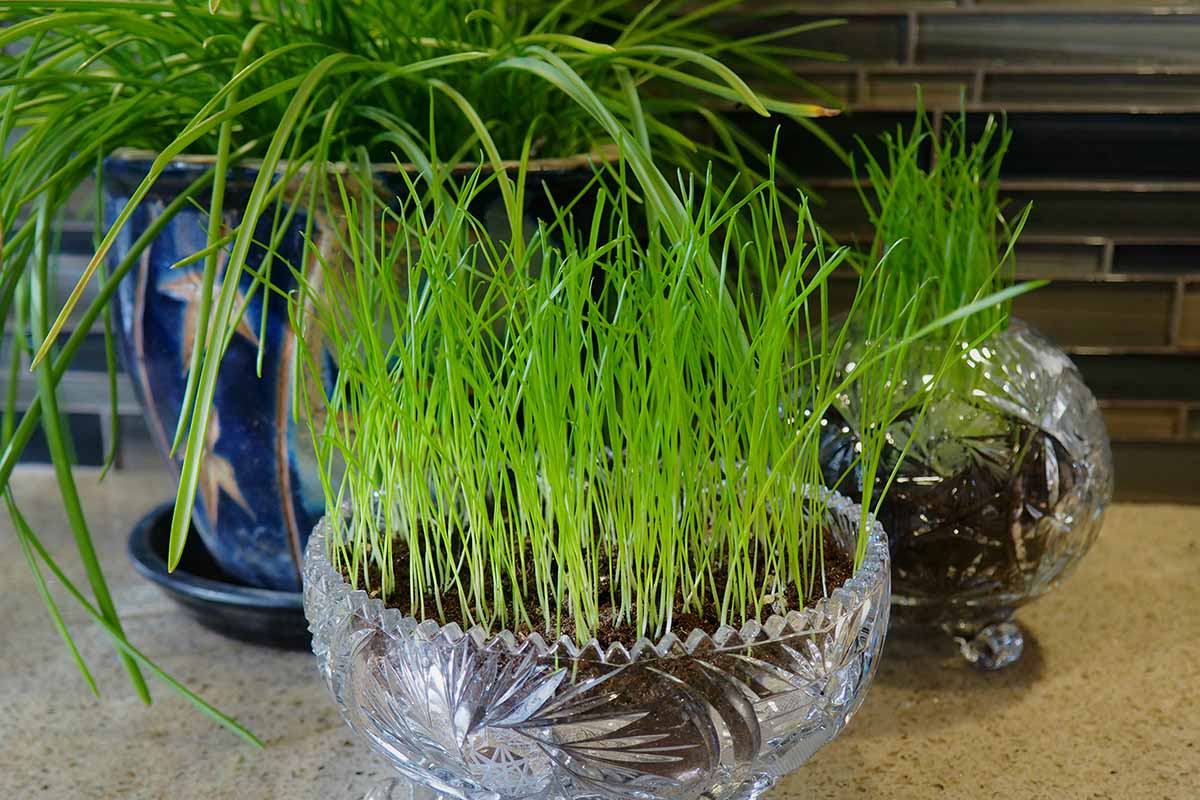
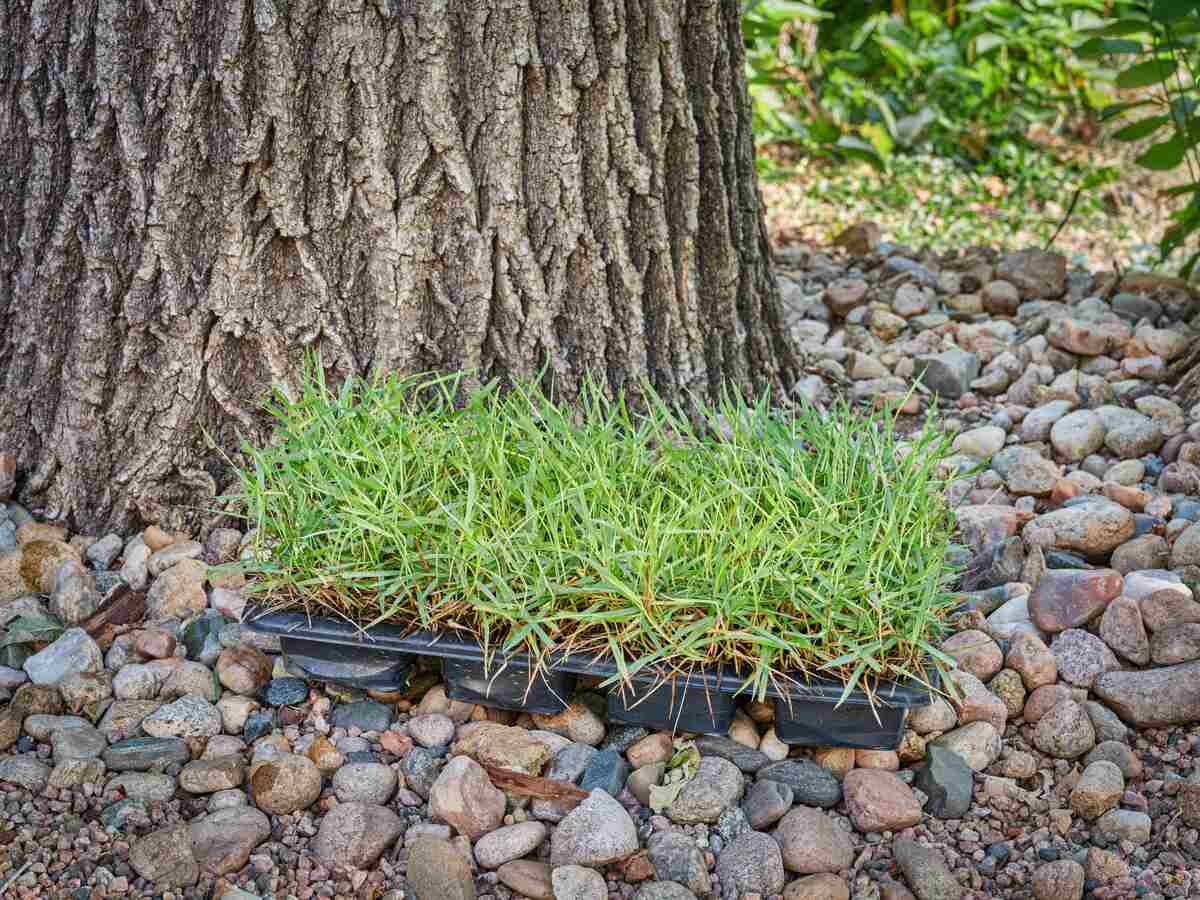

0 thoughts on “How To Grow Grass On A Roof”